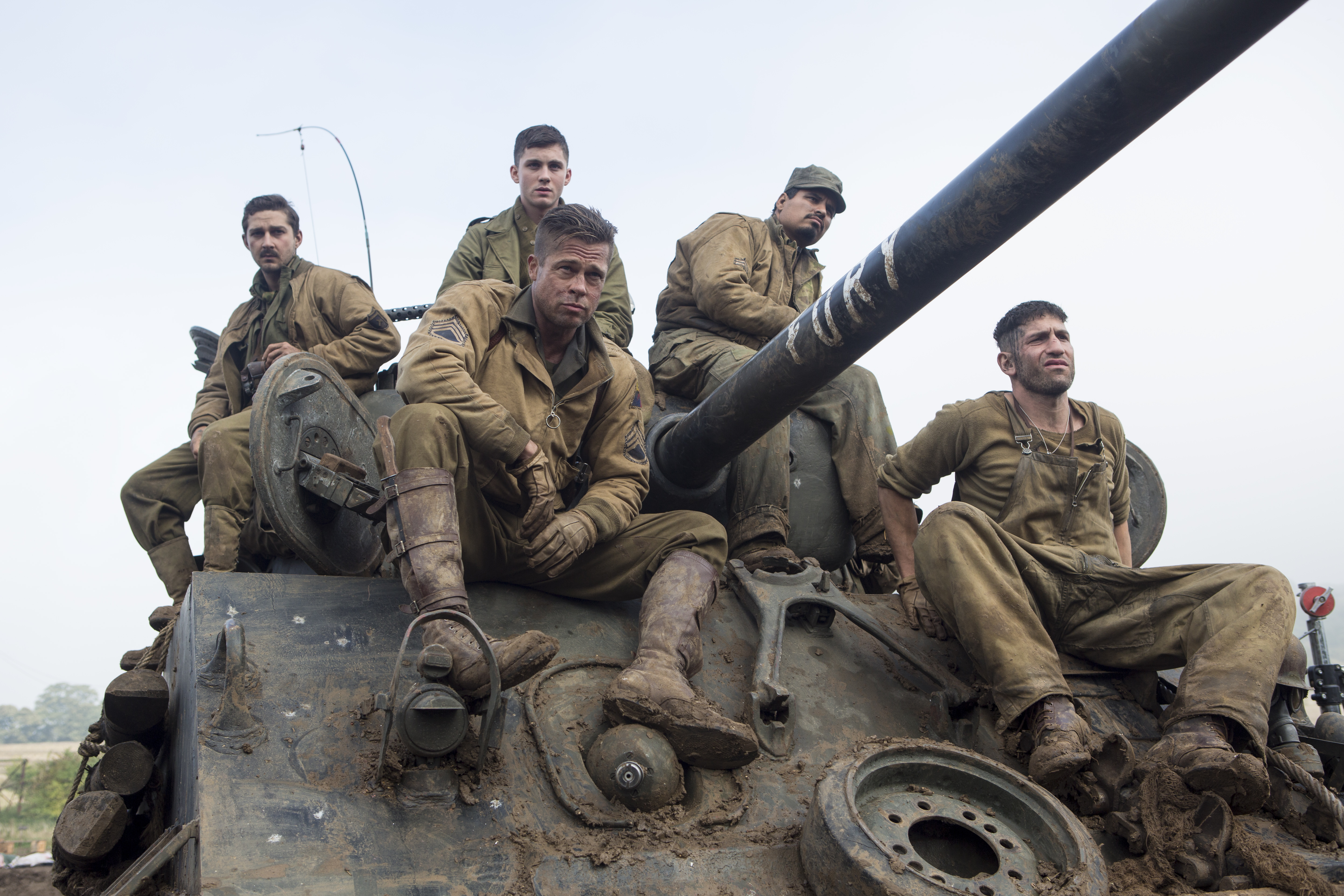For those of you who think every drill weekend is shooting machine guns, flying in helicopters, or marching with a 40-pound pack, the following is my actual day at drill from a few minutes before sunrise until well after dark.
Drill weekend begins at 0530 hours when my alarm goes off. I get straight out of bed and get cleaned up before waking my sons up. This drill weekend both of my sons were leaving with me and getting dropped off at Jacari's former Foster Mom's house. They will sleep over and get picked up on my way home Sunday night at abut 2000 hours (8 p.m.).
By 0615 hours we are on the way to Fort Indiantown Gap by way of Fredericksburg where the boys will be dropped off. By 0730 I am in my seat in the main meeting room for morning formation. The Brigade Headquarters Company has often has formation sitting in a briefing room rather than standing to attention outside or on the drill floor.
As soon as we enter the room it is clear why we have formation here. The PowerPoint screens are lit. First Sergeant Craig Madonna calls us to seated attention saying "Good morning HHC." To which we loudly respond, "Good morning first sergeant."
After announcements about what we will be doing for the day and the weekend from the first sergeant and other leaders, JoAnn Tresco comes to the front of the room and leads a 90-minute presentation about the dangers of drugs and alcohol. Her particular emphasis was heroin and alcohol. She told us the National Guard had a drug and alcohol problem and she was there to explain the dangers of drugs to us.
Because the Army is a socialist as America gets, we all have get any training deemed mandatory by the leaders. And since the presenter was upbeat, interesting and had professional videos made by Accenture, the 90 minutes went by more quickly than many presentations like this. But I could not help scanning the room and noting the people like the Brigade Command Sergeant Major, Executive Officer, First Sergeant and others who seemed at very low risk for heroin abuse.
While she spoke I took a page of notes for this blog post, wrote out the Lord's Prayer in Greek, and wrote the Russian counting numbers from one to 89 (один к восьмидесяти девяти). I don't knit so I write out things I have committed to memory when I watch videos.
After the briefing, I met with Capt. Miller,my boss, about the events I would be covering for the rest of the day: a change of command at 1300 hours (1 p.m.) another an hour later, and an award ceremony at 1630 hours (4:30 p.m.)
Next, I went out to my car and got my extra camera. The army issued me two Nikon digital cameras. The spare one is the one I used in Iraq. The other one is newer. I signed my spare camera over to the battalion administrative NCO in my old unit. He has the unenviable task of taking picture of all tattoos on soldiers which can be seen in the Physical Fitness (PT) uniform. New Army regulations restrict tattoos. And the best way to be sure a soldier is not adding new tattoos is take pictures of those he or she has as of a given date.
Again, Socialism means we all dress alike--and look alike when wearing shorts and a t-shirt.
So I spent 45 minutes tracking down the admin sgt. and signing over the camera. Next was records review. The HHC full-time training NCO Sgt. 1st Class Dale Shade sat down with me and went through all my records to make sure they are up to date. Since I am getting out within a year, this review was not terribly important to my career, but it was time for records to be reviewed, so we did. Dale and I worked together for the last few months of the Iraq deployment. He is a funny guy. We made jokes as we went through the records, several of them about whether some of my orders were signed by Patton or Custer.
And with that finished it was time for lunch.
This lunch was actually Sgt. Amanda Spangenberg's lunch which she allowed me to photograph. I had mostly the same meal, but also had the cake for dessert which Amanda skipped. I skipped the chocolate milk.
At lunch I sat with fueler and new father Staff Sgt. Matt Kauffman. He had baby pictures of his second child in his iPhone. Halfway through lunch the Echo 1st Sgt. came by and offered Kauffman a ride to the fueling site 30 miles away at Zerbe Airport, and he was off to the fuel site.
At his point I checked out my camera and flash and got ready for the first change of command ceremony.
I will write about the afternoon and evening in my next post.
































